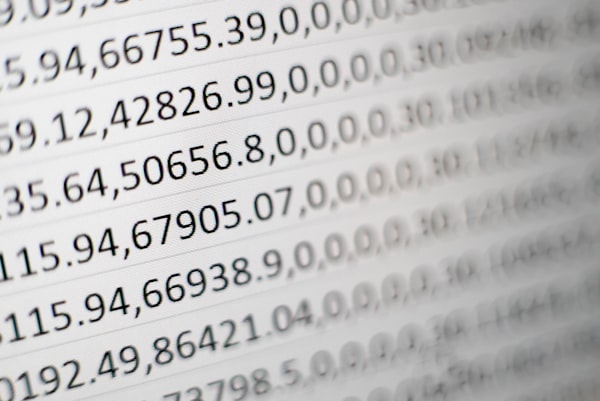The Future of Timekeeping: Will Biometric Clocks Replace Traditional Punch Cards?

In the realm of workforce management, the evolution of timekeeping technologies has been nothing short of remarkable. From the humble punch card to the sophisticated biometric clock, the methods used to track employee hours have undergone significant changes over the years. In this article, we'll explore the potential future of timekeeping and whether biometric clocks are poised to replace traditional punch cards.
The Rise of Biometric Clocks
Biometric clocks, which use unique physical characteristics such as fingerprints, facial recognition, or even iris scans to verify an employee's identity, have gained popularity in recent years. These advanced systems offer several advantages over traditional punch cards, including increased accuracy and security.
One of the key benefits of biometric clocks is their ability to prevent time theft. Unlike punch cards, which can be shared or manipulated, biometric clocks ensure that only the registered employee can clock in or out, reducing the risk of fraudulent activity.
Additionally, biometric clocks eliminate the need for physical cards or badges, reducing the administrative burden associated with managing and replacing these items. This can lead to cost savings for businesses in the long run.
Challenges and Concerns
Despite their advantages, biometric clocks are not without their challenges. One of the main concerns is privacy. Employees may be apprehensive about providing sensitive biometric data, such as fingerprints or facial scans, fearing that it could be misused or compromised.
There are also practical considerations, such as the cost of implementing and maintaining biometric clock systems. For small businesses with limited budgets, this expense may be prohibitive.
Furthermore, there are technical challenges to consider, such as ensuring the accuracy and reliability of biometric systems. Factors such as environmental conditions and the quality of the biometric data captured can impact the effectiveness of these systems.
Integration is Key
One of the critical aspects of implementing any timekeeping system, whether traditional or advanced like biometric clocks, is its integration with other essential systems like scheduling and payroll. Without proper integration, the efficiency and effectiveness of these systems can be severely limited.
For instance, imagine investing in a state-of-the-art biometric clock system to improve accuracy and security, only to find that employees still need to manually transfer data from this system to the scheduling and payroll systems. This manual process not only negates some of the benefits of the biometric system but also introduces errors and inefficiencies.
WorkSight Flow's integration capabilities ensure that data flows seamlessly between different systems, reducing the risk of errors and streamlining processes. With integrated systems, employee hours recorded by the biometric clock can be automatically synced with the scheduling system, allowing managers to easily track attendance and plan shifts. Similarly, payroll calculations can be automated, reducing the time and effort required for payroll processing.
Furthermore, integration can enhance the overall accuracy of the system. Manual data entry is prone to errors, which can lead to discrepancies in employee pay and scheduling. By integrating timekeeping, scheduling, and payroll systems, businesses can reduce errors caused by manual data entry, ensuring that employees are accurately compensated for their work.
The Future Outlook
Despite these challenges, the future looks promising for biometric clocks. As technology continues to advance, biometric systems are becoming more affordable and easier to implement. This trend is likely to continue, making biometric clocks a viable option for businesses of all sizes.
Additionally, advancements in biometric technology, such as the use of artificial intelligence and machine learning, are improving the accuracy and reliability of these systems. This makes them more attractive to businesses looking to streamline their timekeeping processes.
While biometric clocks may not completely replace traditional punch cards in the near future, they are certainly poised to become a more prevalent and viable option for businesses looking to modernize their timekeeping practices. As technology continues to evolve, biometric clocks will likely play an increasingly important role in the future of workforce management. Although biometric clocks and other advanced timekeeping systems offer significant benefits, their true potential can only be realized when they are integrated seamlessly with other essential systems. Integration with systems like WorkSight Flow ensures that businesses can maximize the efficiency, accuracy, and security of their timekeeping processes, ultimately leading to improved operations and employee satisfaction.





